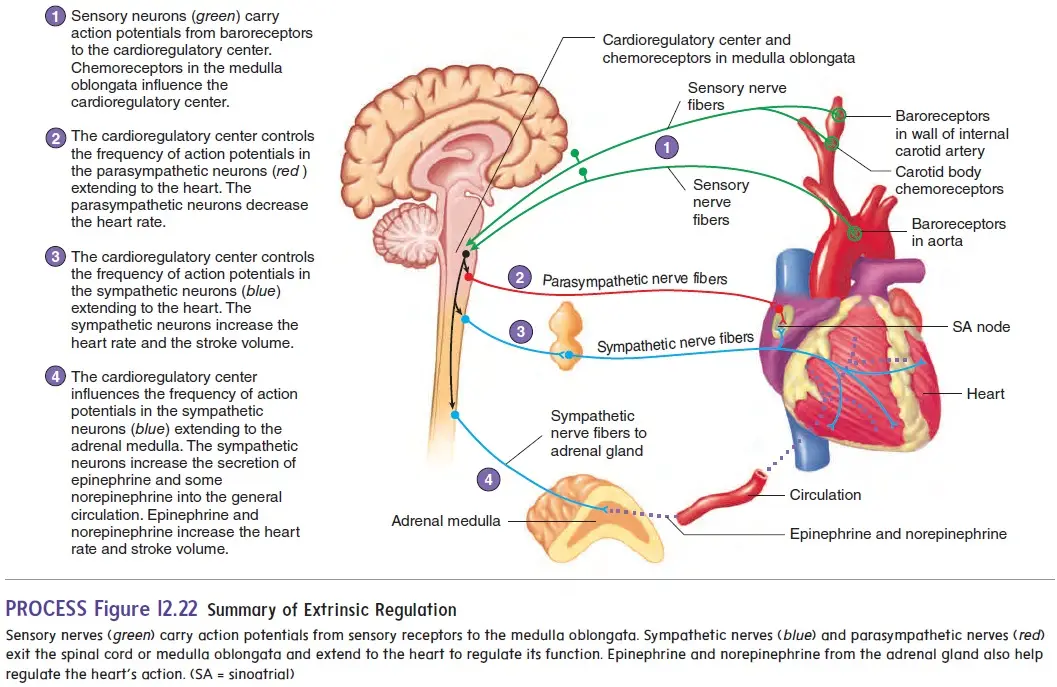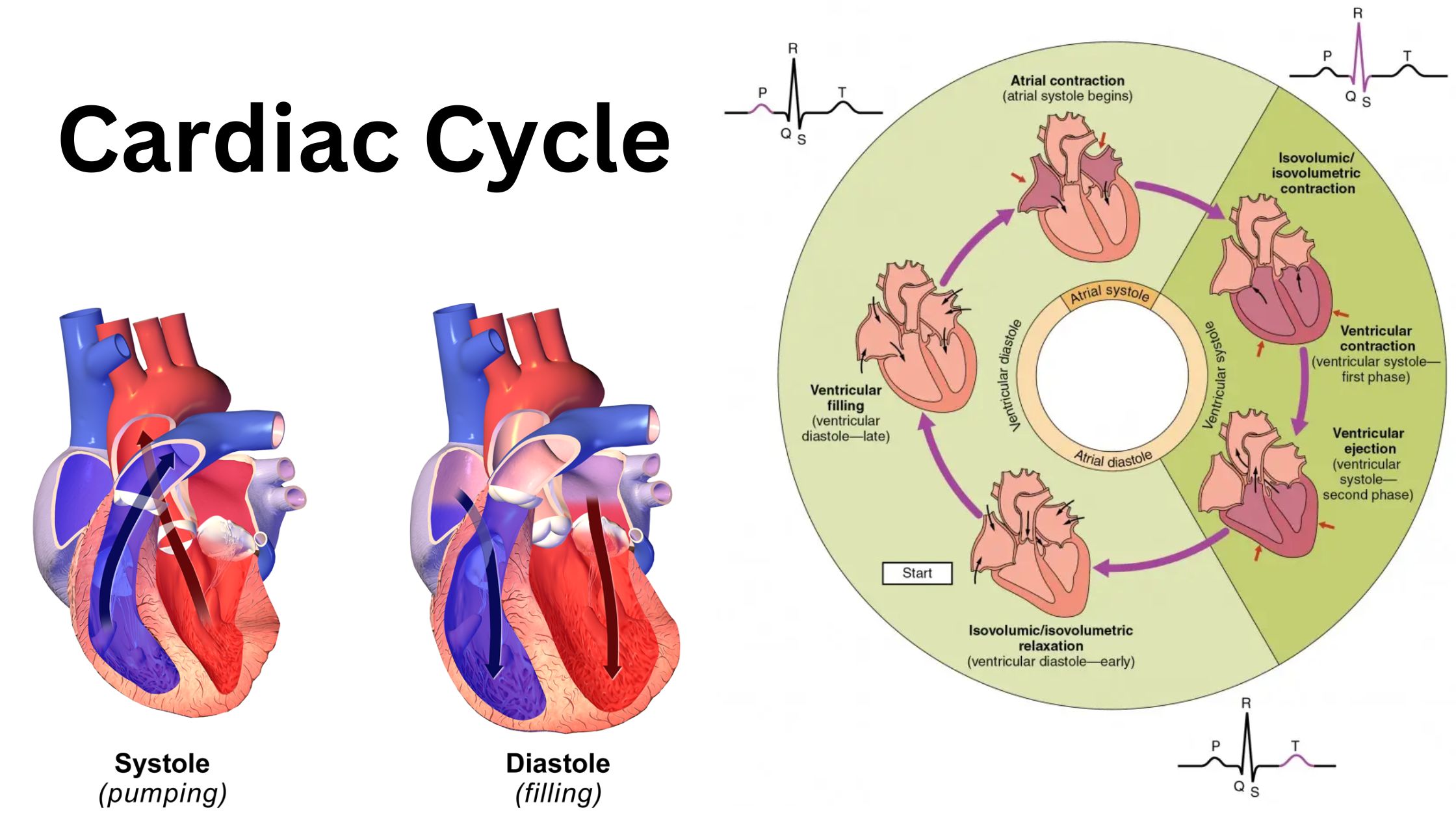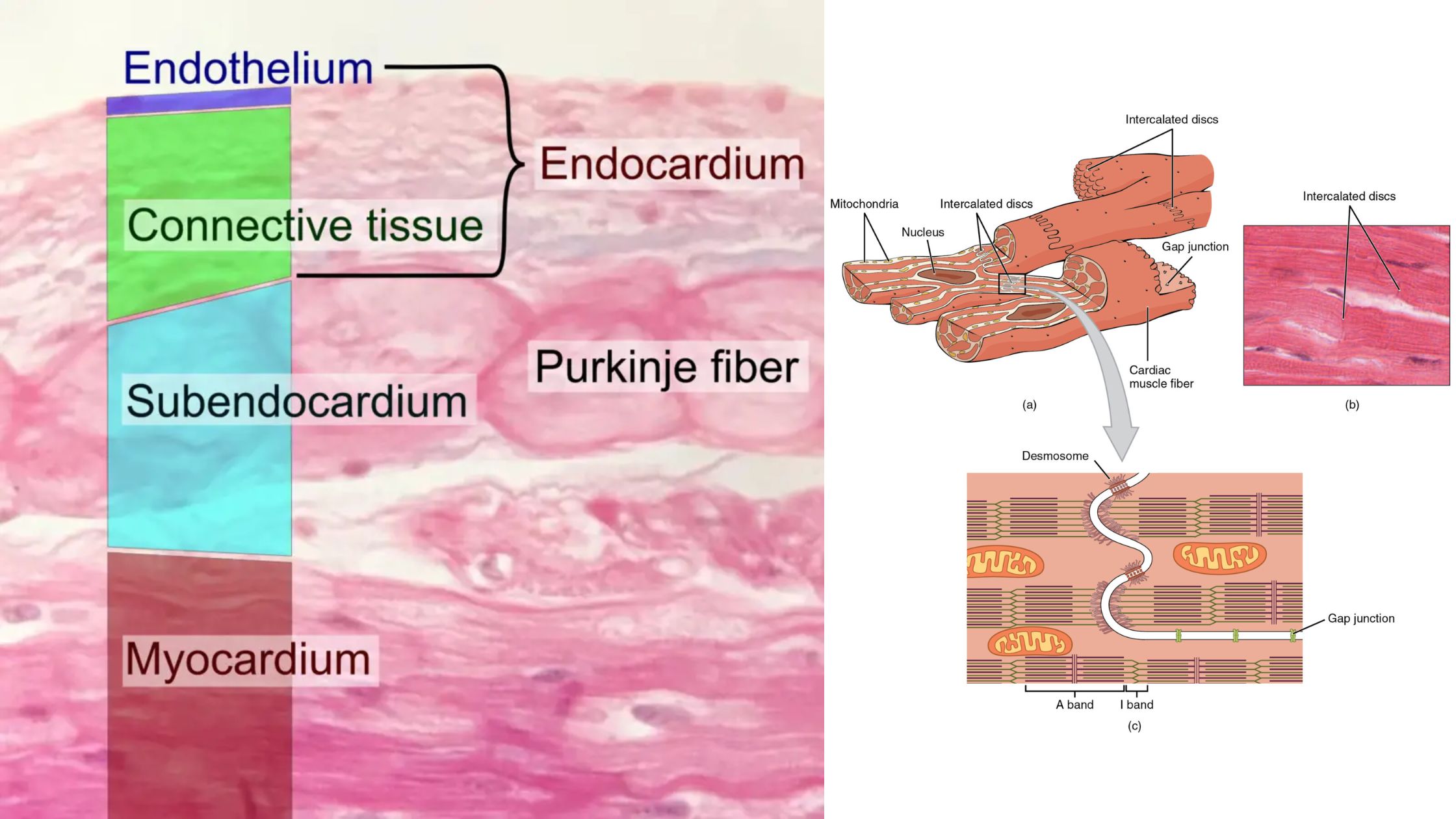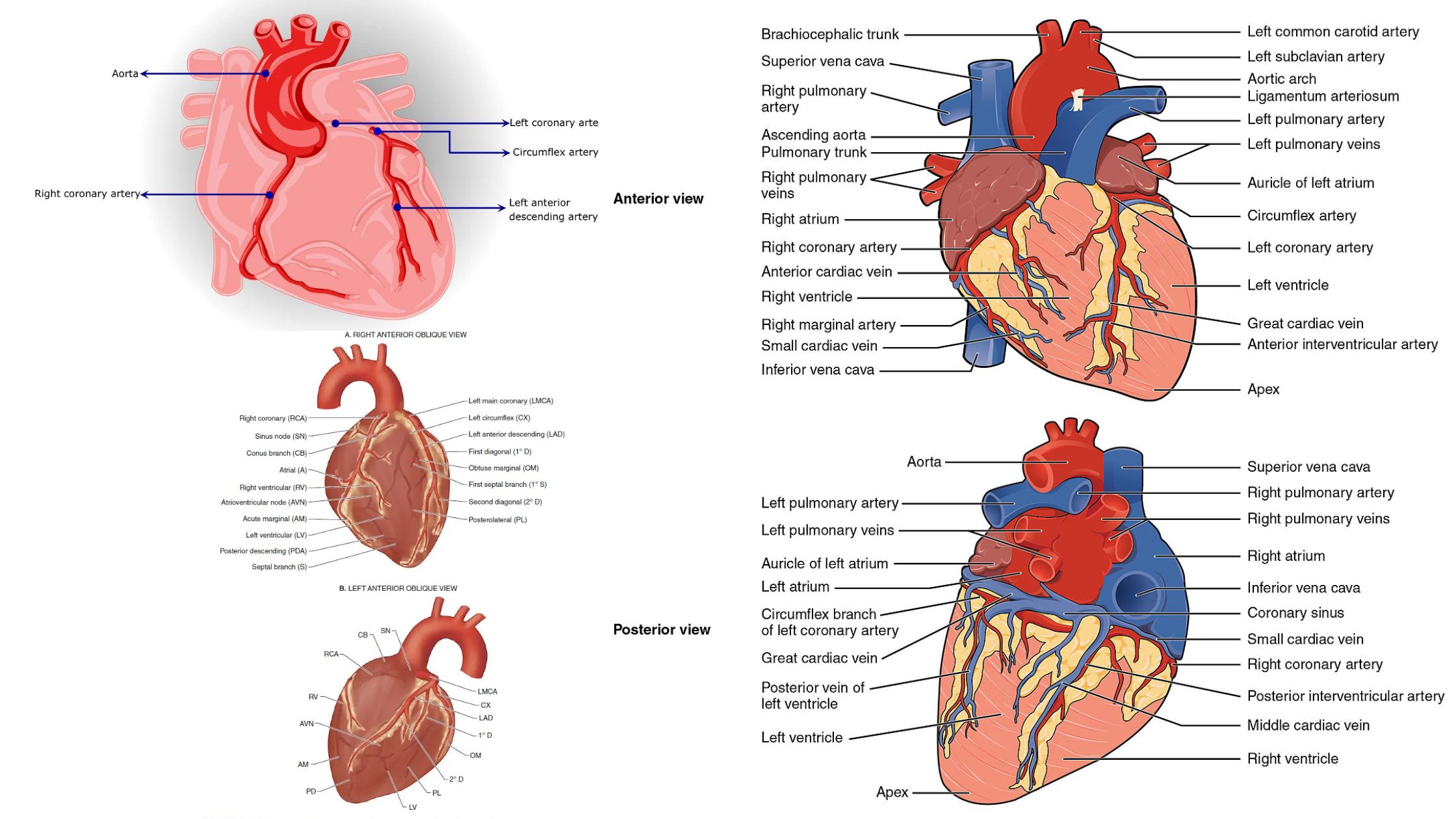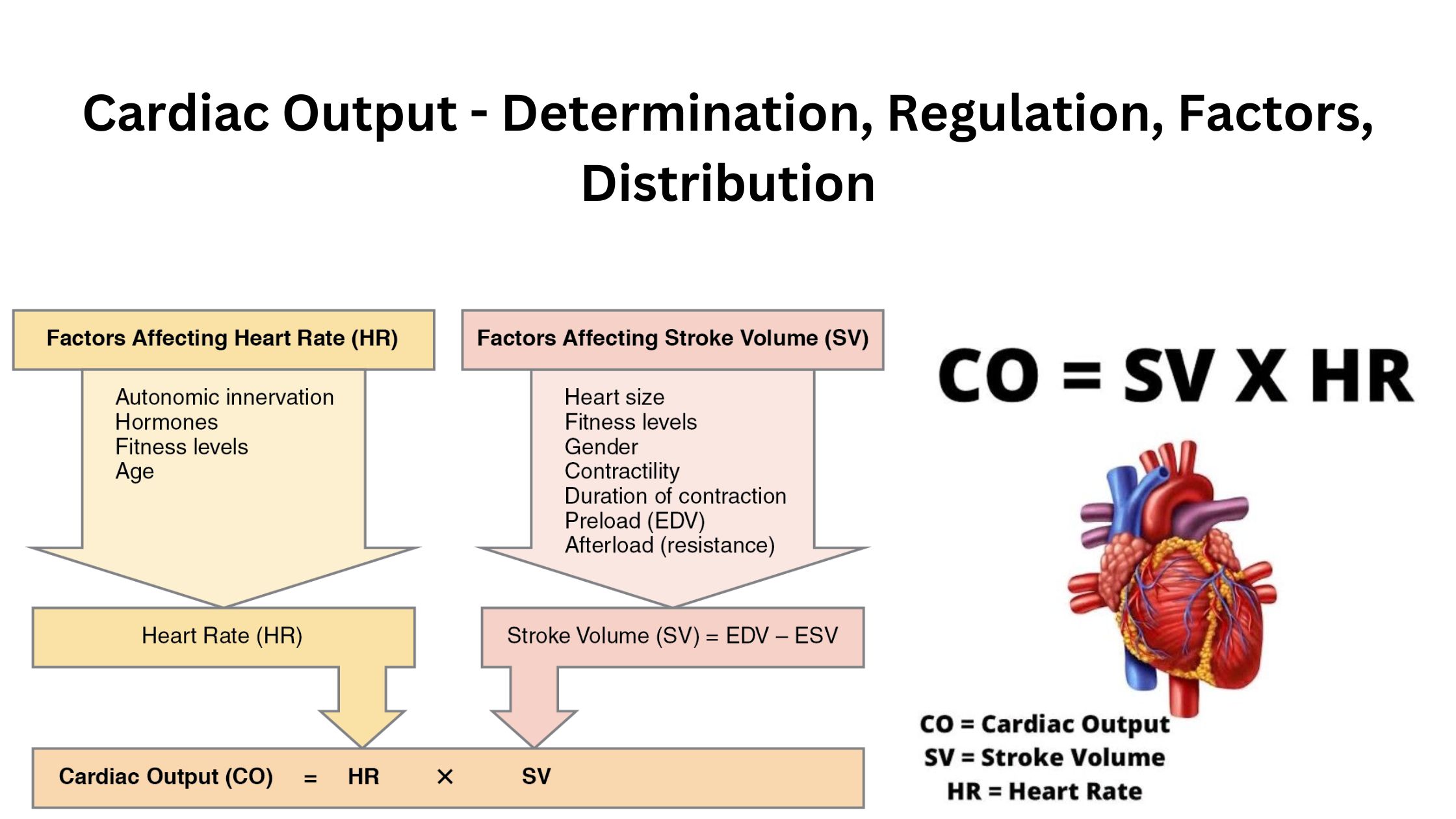Blood pressure and its regulation
What is Blood pressure? Factors Regulating Blood Pressure The regulation of blood pressure is a complex and dynamic process that involves multiple systems working together to maintain homeostasis. Even under normal physiological conditions, arterial blood pressure can exhibit variability. However, the body employs four primary regulatory systems to ensure that blood pressure remains within acceptable … Read more


